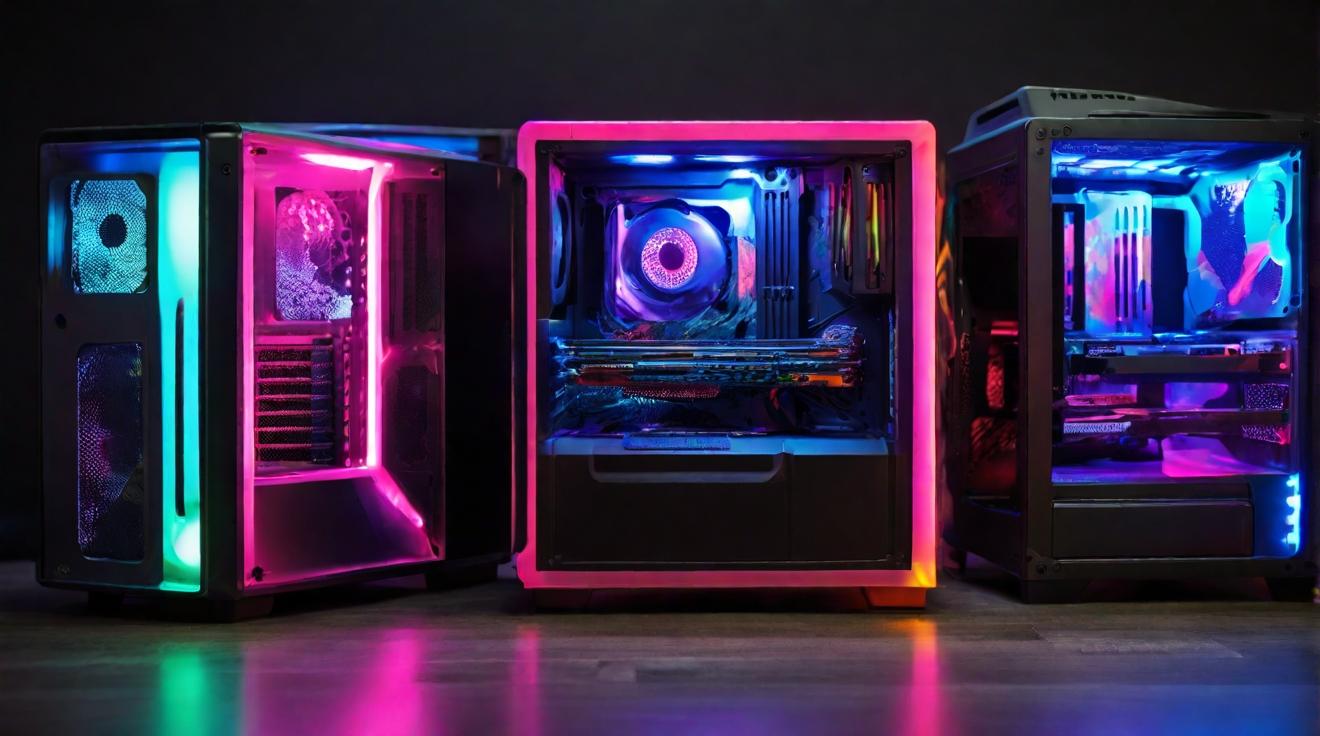Deep Fission Advances Underground Nuclear Power with $30 Million Reverse Merger
On September 8, 2025, nuclear startup Deep Fission announced it has gone public through a reverse merger with Surfside Acquisition Inc., raising $30 million in capital. This move aims to fund the development of its innovative underground nuclear reactors.
Innovative Reactor Design to Enhance Safety
Deep Fission is developing small, cylindrical nuclear reactors designed to be lowered into 30-inch diameter boreholes drilled one mile beneath the Earth’s surface. This subterranean installation strategy seeks to address safety concerns inherent to traditional nuclear plants, including meltdown risks and vulnerabilities to terrorist attacks.
The company’s reactors produce 15 megawatts of power and utilize pressurized water cooling technology, a proven method employed in nuclear submarines and conventional reactors.
Strategic Partnerships and Regulatory Support
Earlier in 2025, Deep Fission signed an agreement with data center developer Endeavor to deploy 2 gigawatts of underground reactors, targeting the growing energy demands of data infrastructure. Additionally, the startup was selected as part of the U.S. Department of Energy’s Reactor Pilot Program, which offers a streamlined permitting pathway to accelerate commercial deployment.
Financial and Market Context
The reverse merger pricing at $3 per share—significantly below the typical $10 SPAC valuation—along with the choice to list on the OTCQB rather than a major exchange, indicates challenges in raising capital from new or existing investors. The company had previously sought a $15 million seed round earlier this year but did not complete the raise.
While the $30 million infusion extends Deep Fission’s operational runway, it also introduces compliance costs associated with SEC reporting. The startup aims to bring its first reactor online by July 2026, a timeline that will require efficient use of the newly secured funds.
Outlook
Deep Fission’s approach exemplifies an emerging niche in nuclear energy focused on smaller, safer, and more secure reactor designs. However, the capital-intensive nature of nuclear technology development, coupled with market skepticism reflected in the reverse merger terms, underscores the substantial risks ahead.
FinOracleAI — Market View
Deep Fission’s successful reverse merger provides critical funding to advance its underground nuclear reactor technology, which could position the company favorably in the growing market for secure, low-carbon energy solutions. However, the discounted share pricing and OTCQB listing highlight investor caution and liquidity constraints.
Risks include the high capital requirements typical of nuclear projects, regulatory hurdles despite the DOE’s support, and execution challenges to meet the ambitious 2026 reactor launch. Market participants should monitor the company’s development milestones and regulatory progress closely.
Impact: neutral













